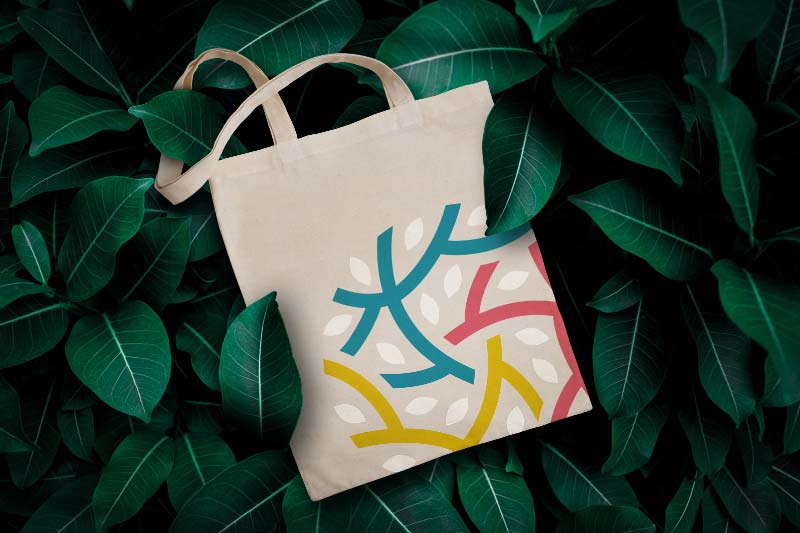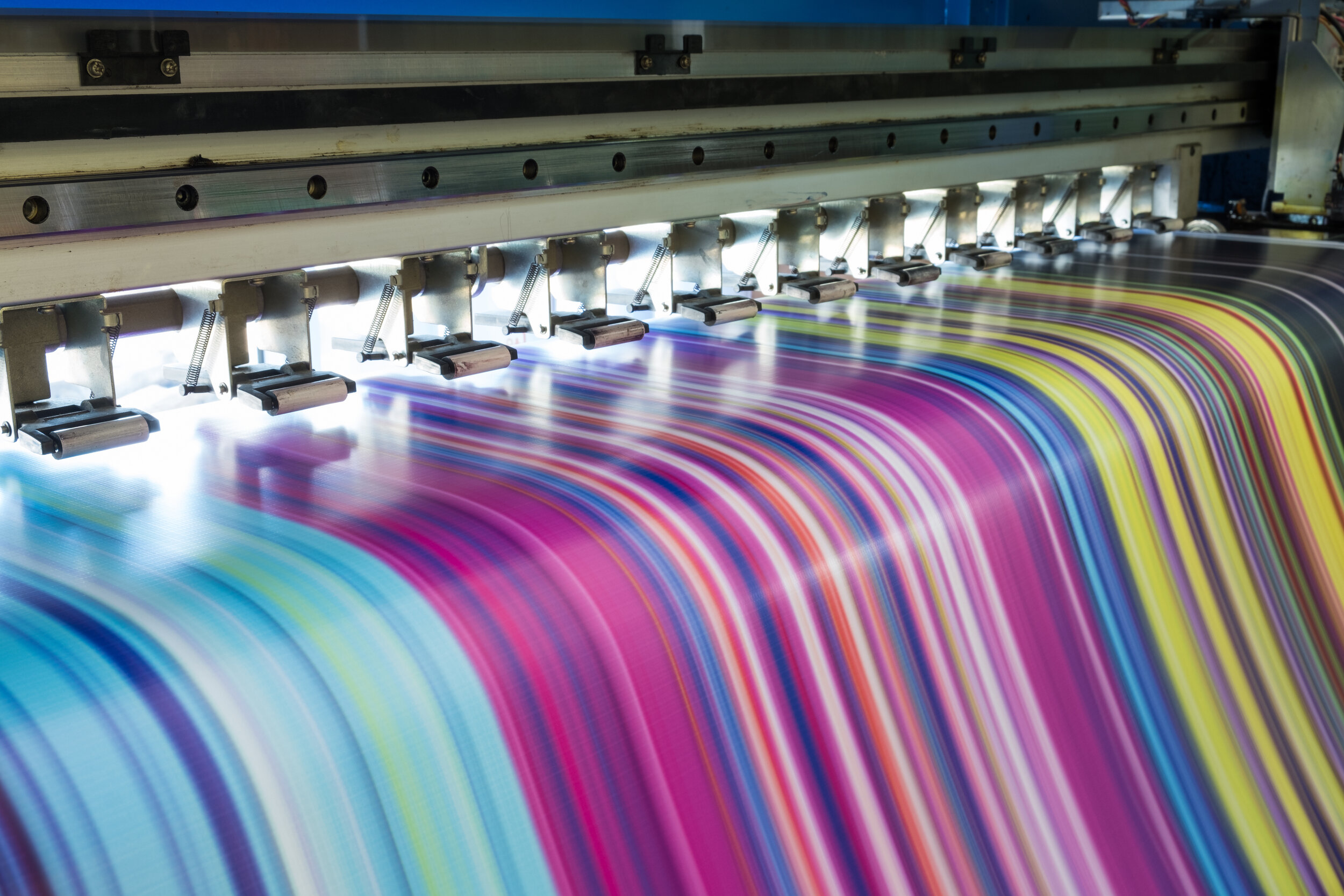Fabric printing, once anchored in tradition, has undergone a remarkable evolution. Today, the textile industry is witnessing groundbreaking innovations that not only break the boundaries of conventional methods but redefine the possibilities in textile design and production. This comprehensive blog explores the cutting-edge advancements in fabric printing, from high-resolution digital techniques to eco-friendly practices, 3D printing breakthroughs, smart fabric developments, and the revival of traditional techniques.

1. Advanced Digital Fabric Printing:
- High-Resolution and Intricate Designs: Digital fabric printing has emerged as a game-changer, allowing designers to create intricate designs with high-resolution details and a vibrant spectrum of colors. The precision achieved surpasses traditional methods, opening up new avenues for creative expression.
- Rapid Production and Flexibility: The efficiency of digital fabric printing is underscored by its ability to significantly reduce production time. This not only caters to large-scale production requirements but also facilitates the creation of custom, small-batch orders with shorter runs. This adaptability aligns seamlessly with the fast-paced nature of the textile market.

2. Eco-Friendly Printing Innovations:
- Sustainable Practices: In response to environmental concerns, modern fabric printing embraces eco-friendly inks and sustainable practices. The shift towards less polluting substances and processes with a lower carbon footprint is a testament to the industry’s commitment to responsible production.
- Waste Reduction: Digital printing’s precision contributes to minimizing fabric waste during the printing process. This reduction in waste aligns with sustainability goals, creating a more eco-conscious production cycle.

3. Breakthroughs in 3D Printing on Fabric:
- Textural Diversity and Dimensionality: 3D printing on fabrics introduces a new dimension to textile design, allowing for the creation of raised textures and intricate embossed effects. This technology goes beyond the traditional constraints, providing designers with unprecedented creative freedom.
- Material Fusion: This technology facilitates the fusion of different materials, such as combining traditional fabrics with synthetic or conductive materials, leading to innovative textile solutions.
4. Interactive and Smart Fabric Developments:
- Integration of Advanced Technologies: Fabrics are evolving beyond mere adornment. Embedded sensors and technologies enable fabrics to change color, monitor health data, or even interact with other devices. This integration propels fabrics into the realm of wearable technology.
- Applications in Wearable Tech: The convergence of fashion and technology finds expression in smart fabrics. These developments pave the way for groundbreaking applications in wearable technology, where aesthetics meet functionality, opening up exciting possibilities for the future.
5. Evolution and Revival of Traditional Techniques:
- Modern Adaptations of Screen Printing: As explored in “All about Screen Printing,” this traditional method has evolved with new technologies to offer more precision and versatility. Traditional screen printing has evolved with the incorporation of digital elements, increasing its precision and the variety of designs that can be achieved.
- Contemporary Reinterpretations of Age-Old Crafts: Techniques like Bandhani are experiencing a resurgence, blending time-honored methods with contemporary aesthetics, as seen in the exploration of this craft in “The Art of Tying and Dyeing: Bandhani.”
Conclusion:
Innovations in fabric printing are reshaping the textile industry, blending art with technology to create more sustainable, efficient, and creative outcomes. For those in the textile sector looking to embrace these advancements, locofast.com offers a range of printing services that merge traditional expertise with modern innovation, ensuring that your textile projects are at the forefront of these exciting developments.
